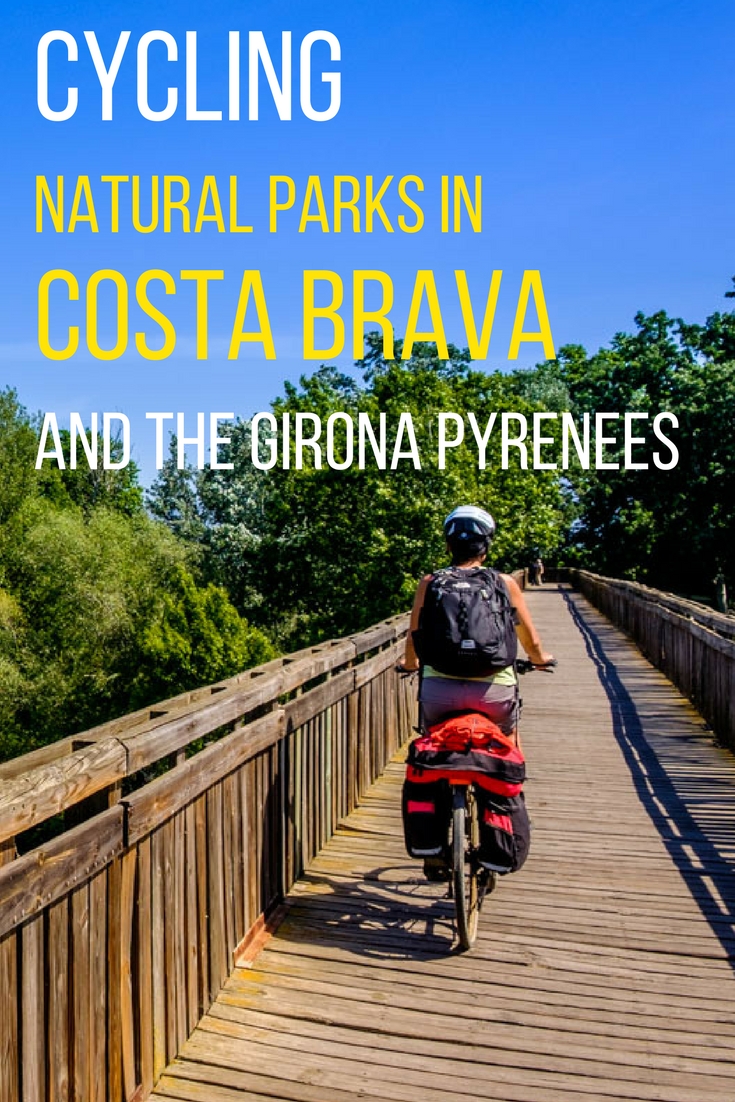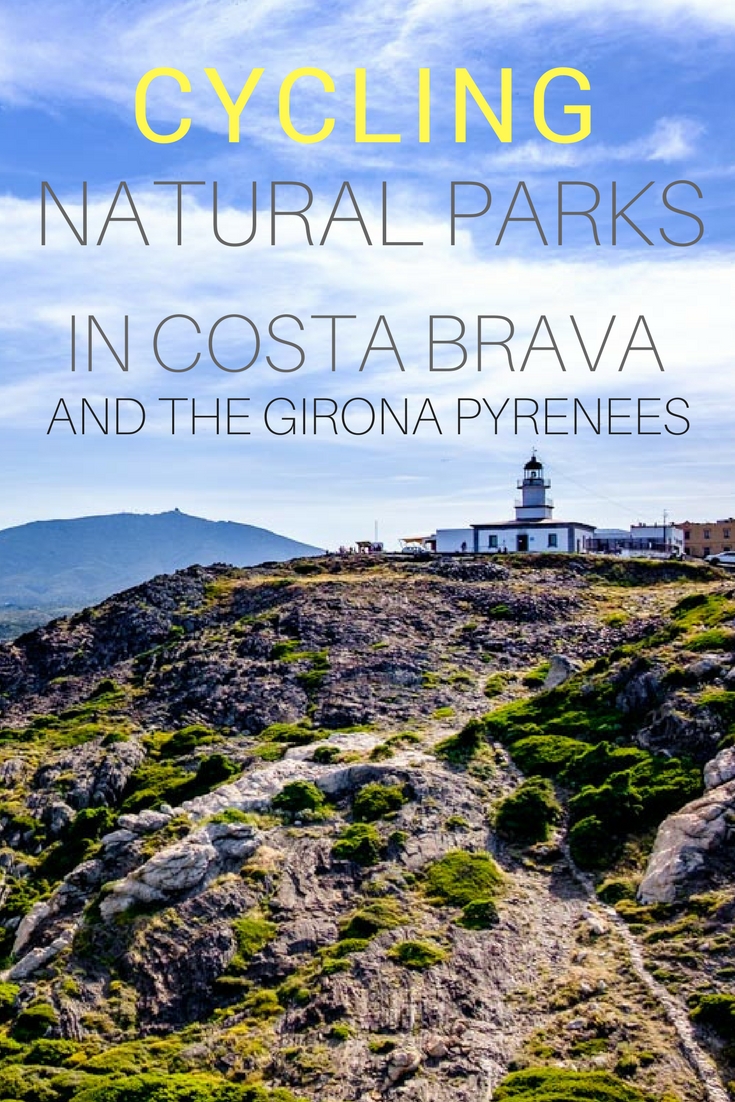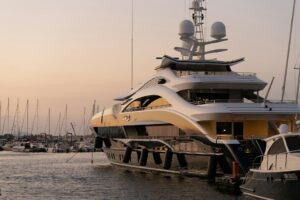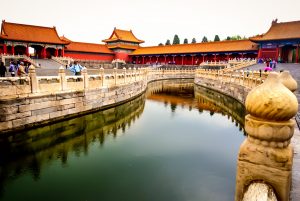In this article, you’ll find a practical overview of cycling natural parks in Costa Brava and the Girona Pyrenees.
Watch our video from cycling natural parks in Costa Brava and the Girona Pyrenees
Cycling natural parks in Costa Brava and the Girona Pyrenees
Cycling and nature simply match. We can second that after cycling in Costa Brava for 30 days, which proved how one can blend in the green world on two wheels. The added bonus: minimal environmental impact.
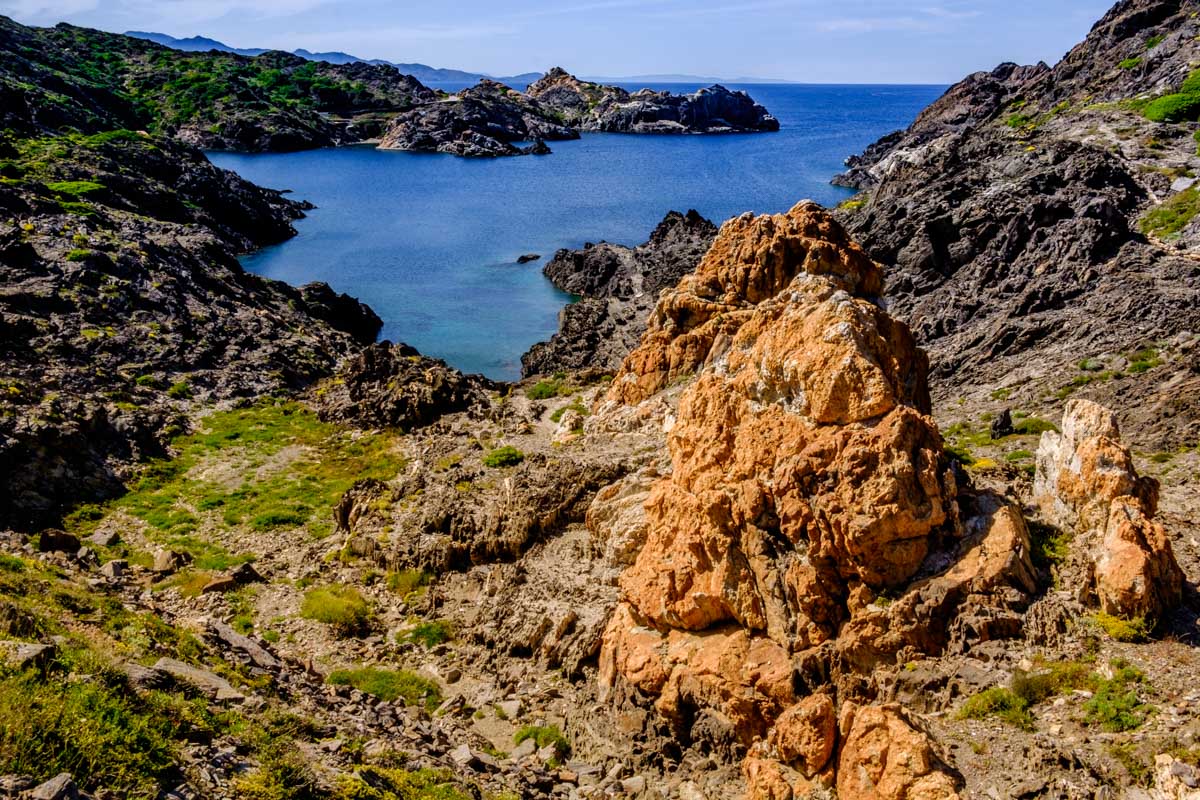
There are eight natural parks in Costa Brava and the Girona Pyrenees. All of them are diverse and offer a different kind of natural experience. There is also a wide range of levels of terrain in the area, suited to many physical abilities.
Like it? Pin it!
First things first, let’s clarify the difference between a national and natural park.
A national park covers a protected territory with no inhabitants nor industrial or agricultural areas close by. Nature in a national park is mostly untouched by humans, save for its hiking trails created by people for example.
A natural park, however, is a manmade thing, a human activity, and it’s not unusual that farmers and locals inhabit the area of the park.
There are 8 natural parks in Costa Brava and the Girona Pyrenees, and we’ll take you for a bike ride to 4 of them. Now, grab your helmet, high spirits and let’s get the wheels rolling up and down the hills of Costa Brava!
Cycling in the Natural Park Cap de Creus
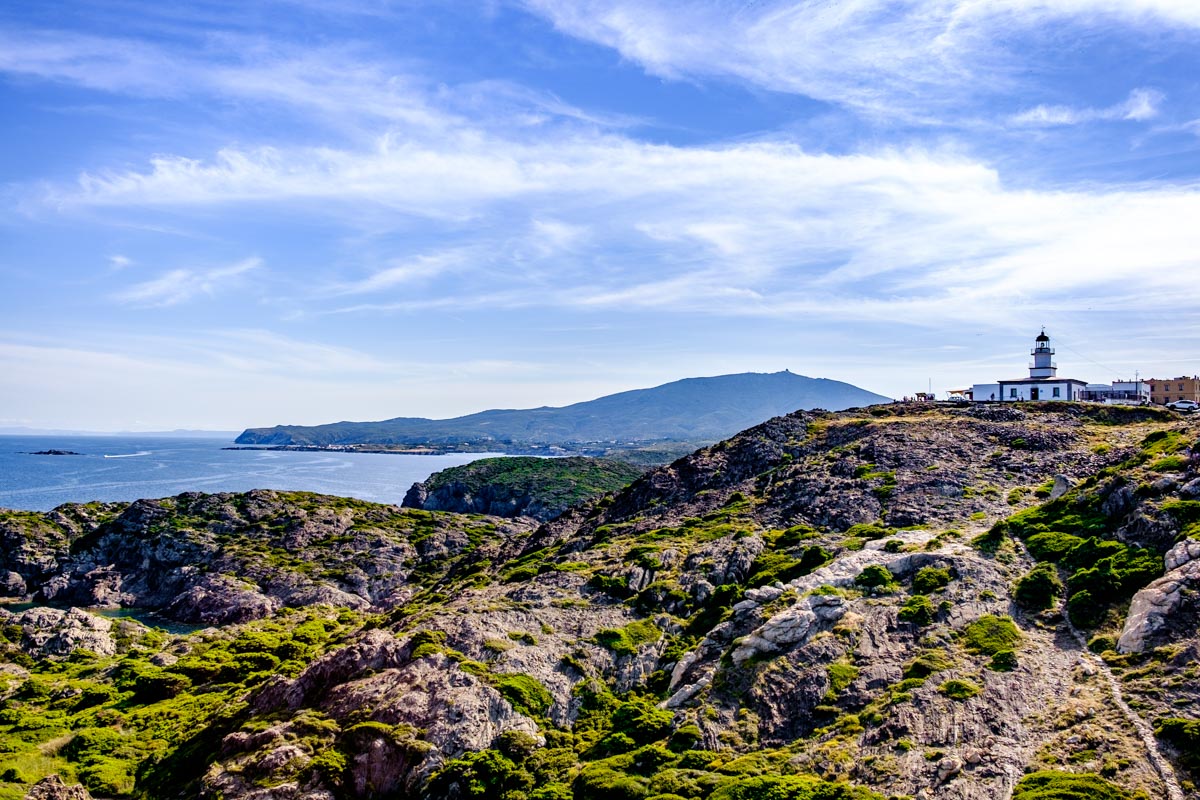
Arriving to the Cap de Creus might be a rewarding ambition. Pedaling up via a narrow road with a number of steep curves while panting and ignoring your sweat dripping down on the bike’s handles might seem never-ending… there is curve after curve after curve.
But then… Then you stop to take a breath… and the stupendous seaside views with rocky landscapes and rough wilderness take your breath away again.
If you ask which are some the best spots for sunrise in Catalonia, Cap de Creus certainly leads the pack. After watching the huge orange ball coming up from the horizon while the sky turns into the striking pink-red-purple palette, you understand why Salvador Dalí built his bedroom and studio in a village of Portlligat facing the sea near Cap de Creus.
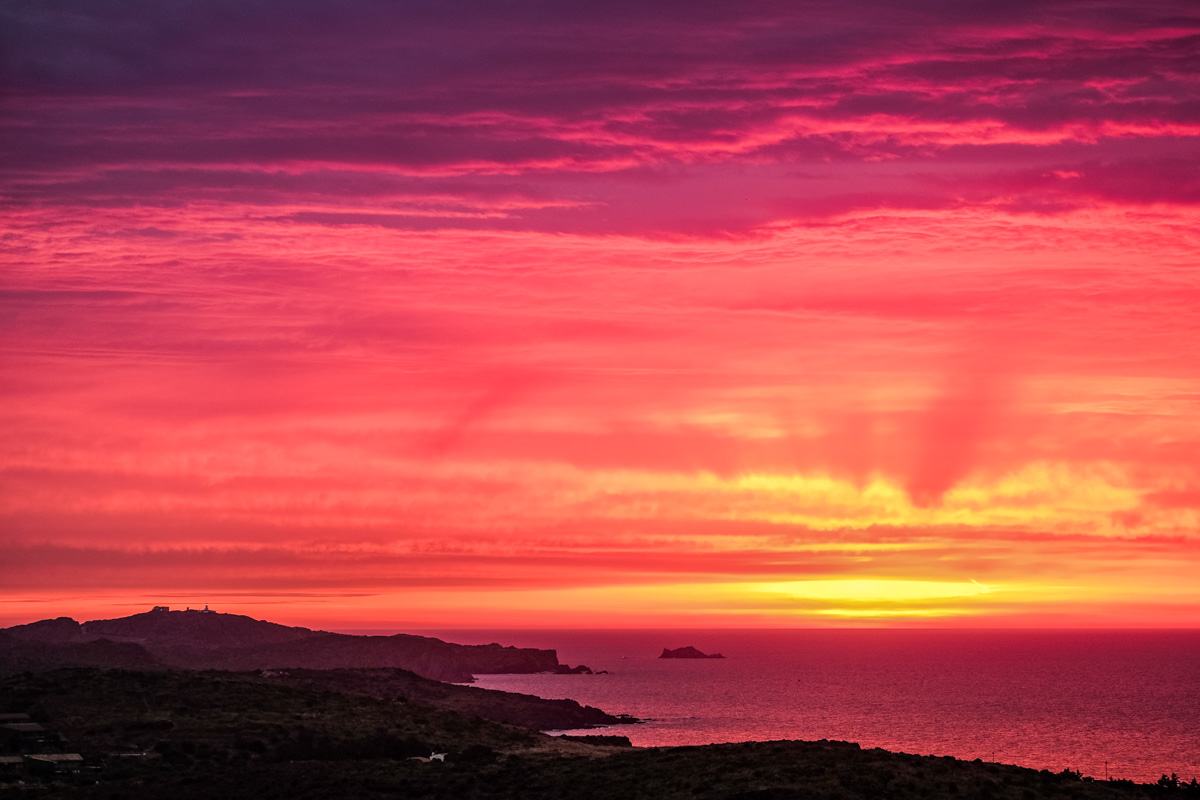
Cap de Creus is the easternmost point in Catalonia, and a natural border between Spain and France. The natural park was created in 1998 and it covers both terrestrial and marine environments. The best way to experience it is while sailing, hiking the numerous paths, and visiting the Sant Pere de Rodes monastery to get a bird’s-eye view of the area.
If you are limited by time or fitness level, fear not. You can easily enjoy Cap de Creus by simply exploring the area near the lighthouse, where you can roam around the rock formations with different views of the landscape and be amazed by the flora of the park.
Practical notes and tips on your trip to Cap de Creus
* The entrance to the park is free.
* No guide needed for hiking in the Cap de Creus Natural Park.
* There’s a parking lot near the Hilltop lighthouse.
* Pick the white-walled town of Cadaqués that is 9 km far as a base to bike up to the park.
* If you plan staying in Cadaqués, check out Carpe Diem complex of apartments for travelers. We stayed in a gorgeous spacious apartment with a terrace, private kitchen, huge lounge, and a big swimming pool with the view of Cadaqués. Check their latest rates.
* Do some shopping at the Botiga d’Orígen with an excellent choice of local wine, olives, nuts, pastes, salami, cheese, sweets… you name it, and throw a flashy picnic while watching the sea dotted with sailing boats.
* Avoid the visit of the Cap de Creus during the weekend and bank holidays, as the place is very popular among locals and French tourists who visit the place for a day trip.
* Get some more advice on hiking routes and activities in Cap de Creus at the Sant Pere de Rodes monastery, which is the headquarters of the park.
* Grab a pint and some tapas at the Cap De Creus Restaurant with some gorgeous views.
Want to explore more places in Europe? Get inspired by these articles:
- The Best Cycling Itineraries in Costa Brava and Girona Pyrenees, Spain
- Costa Brava Wineries: Back To The Roots
- Day Trips From Girona: Tips On Outdoor and Indoor Activities
- Things To Do in Barcelona, Spain
- Things to Do in Athens, Greece: Top Attractions and Hidden Gems
- The Best Beaches in Puglia for your Vacations in Italy
- Things to do in Matera, Italy: Tips on Outdoors, Food and Culture
Natural Park of the Aiguamolls de l’Empordà
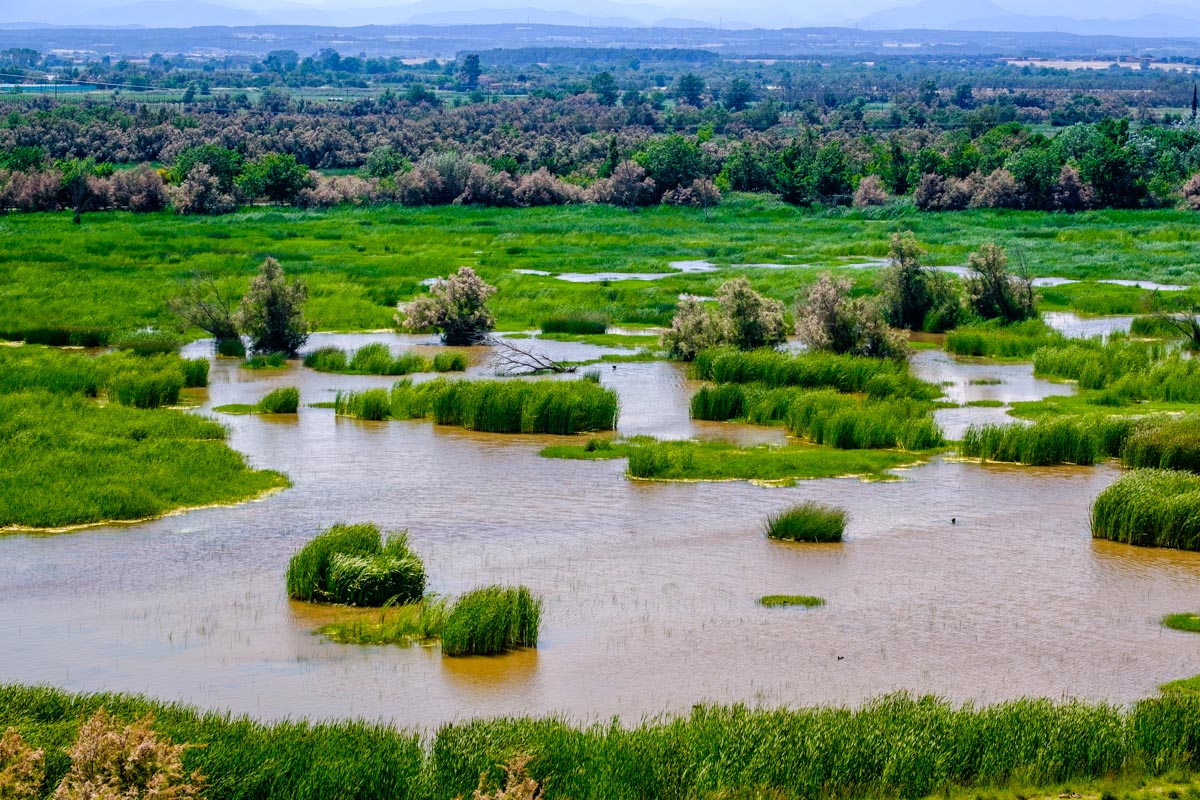
If hiking rocky paths, finding yellow flowers entangled in dried branches bent in crooks from the wind and watching sailing ships zigzagging the azure sea in Cap de Creus isn’t your thing – cycle to the Natural Park of the Aiguamolls de l’Empordà.
It’s the ultimate example of tranquility that will allow you to connect with Nature… and yourself thanks to the silence that is required in the park due to the protection of wildlife living there.
The Aiguammolles used to be a vast marshland until the 19th century, when part of the area was converted for agricultural purposes. Currently, you can walk among the marshes between the Rivers Fluvià and Muga and observe the cuckoos, stone-curlews, nightingales, spoonbills fixing their nests, or watch a drove of horses resting, grazing… or meeting a herd of dama dama deer.
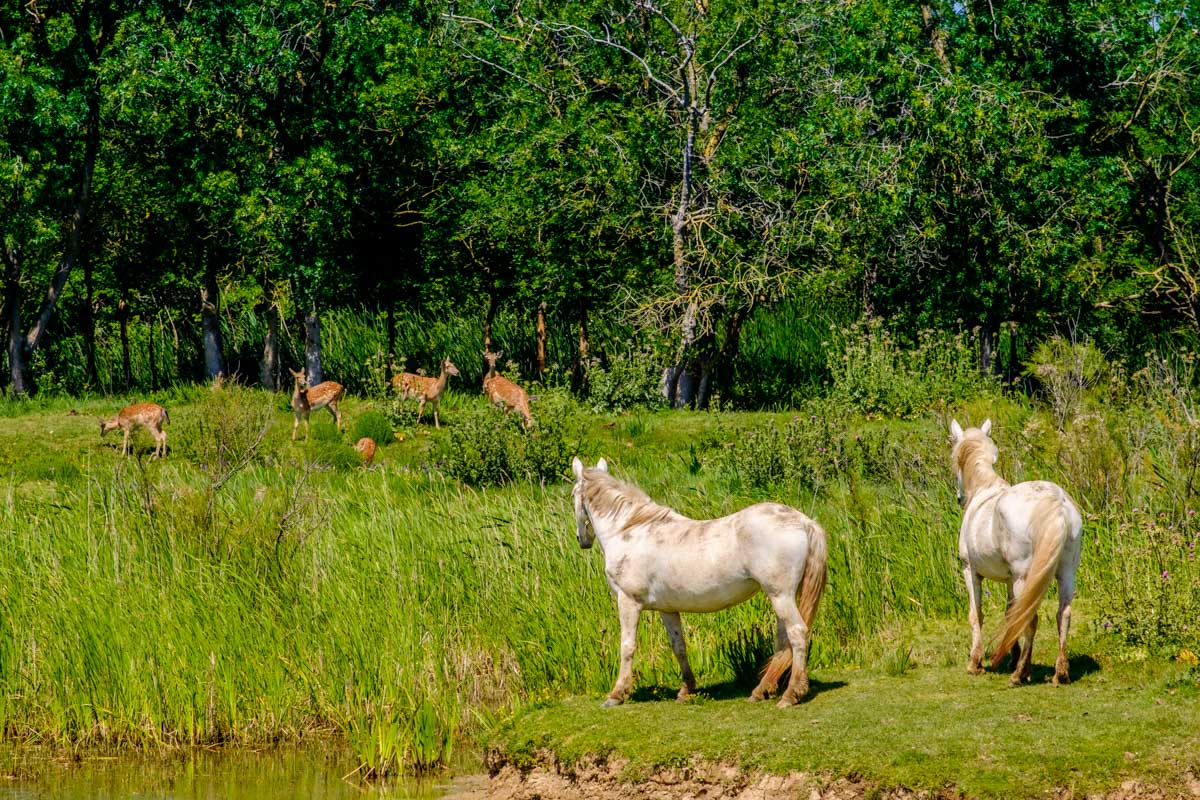
It’s forbidden to ride a bike in the Aiguamolles Park, but you can chain it at the entrance, or push it while walking. Although, the second option might be not comfortable, and most probably disturbing while bird watching. (Wheelchairs are however allowed in the park.)
We loved strolling around bike free. It allowed us to walk quietly and stop at the observation cabins with different viewpoints without making any noise that could possibly startle the animals.
The park is very easy to navigate. You can grab a map at the entrance so you can follow the paths, or just roam freely wherever your eyes and the wind take you. Don’t miss the Observation Tower and spectacular 360° views of the park.
Practical notes and tips on visiting Aiguamolles Natural Park
* Arrive here from the town of Roses (if you fancy beaches) or Castelló d’Empúries (if you favor historical architecture) by bike or by car.
* You don’t need a guide at the park, as there will be plenty of explanatory boards.
* You can rent binoculars for 2.5 € ($ 3.10 USD) at the main entrance.
* The best time to visit it is the last week of April and first week of May, when an annual bird migration is happening.
* The paths No. 2+3 leading to the beach are closed from April to September due to bird nesting.
* It takes about 3 – 4 hours to explore the park, even longer when the beach area is open to the public.
* There are no bins on the premises. Bring a plastic bag in case you need to throw away some litter.
* You can grab some refreshments at a small bistro near the entrance. The local owner Xaibi is a witty man who’ll be happy to chat with you while serving you a cup of strong coffee with some fresh bread and tomatoes. Oh yes, you can get these appetizing Spanish treats also in the nature. Food always tastes better outdoors, doesn’t it?
La Garrotxa Volcanic Zone Natural Park
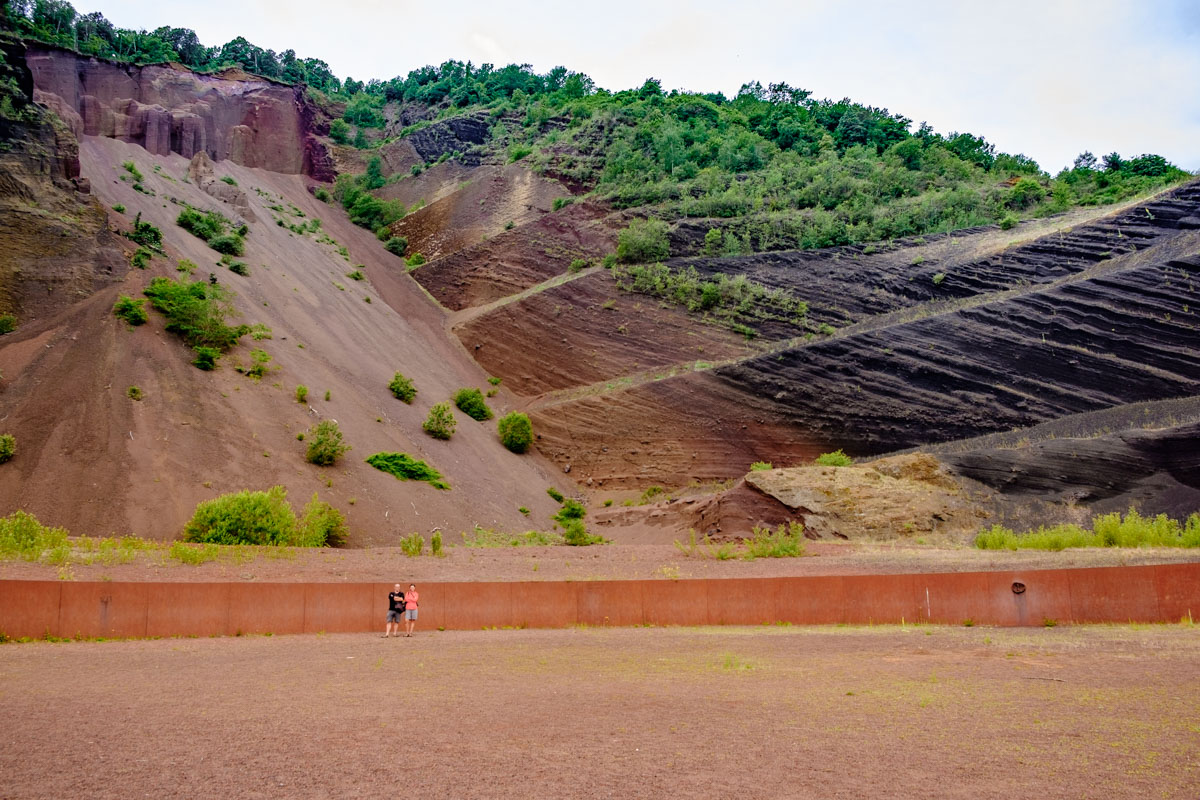
Garrotxa means “a rough place,” and compared to the previous parks it does indeed feel rugged. Rugged, but sadly not untouched by humans due to the past issues of quarrying and illegal waste disposal in the area in the late 1970’s.
The locals call the natural park “little Switzerland” because of the landscape, which actually has become one of the major points of interest of The Olot School of Landscape Painting.
As the name of the park suggests, La Garrotxa is located in a volcanic area. There are forty dormant volcanoes that were active for over 500,000 years. They still call it an “active volcanic area” because of some movements registered 5000 years ago, which is considered quite “recent” in volcanology.
Speaking of movements, hot ash and eruption create a volcanic soil that acts like a sponge, and is highly moisturizing, thus ideal for agriculture. In fact, the area used to be inhabited by big farmers’ families growing buckwheat, corn, tulips, and alfalfa… Currently, there are only 2-3 active farms out of the original 12.
La Garrotxa Volcanic Zone Natural Park in the northeast Catalonia is colder than the cities of the region, so many local tourists from Barcelona come to cool down and spend their summer holiday here. Speaking of tourism, La Garrotxa was one of the first places where Catalan tourism started.
Nowadays, as tourism has been growing here rapidly, the question of its sustainability arises more frequently. As Mike, the professional guide and botanist noted, “There are 500,000 visitors in the park per year. And if you make one place popular, then you need to build proper infrastructure, a parking lot, bins, which all eventually changes the place…”
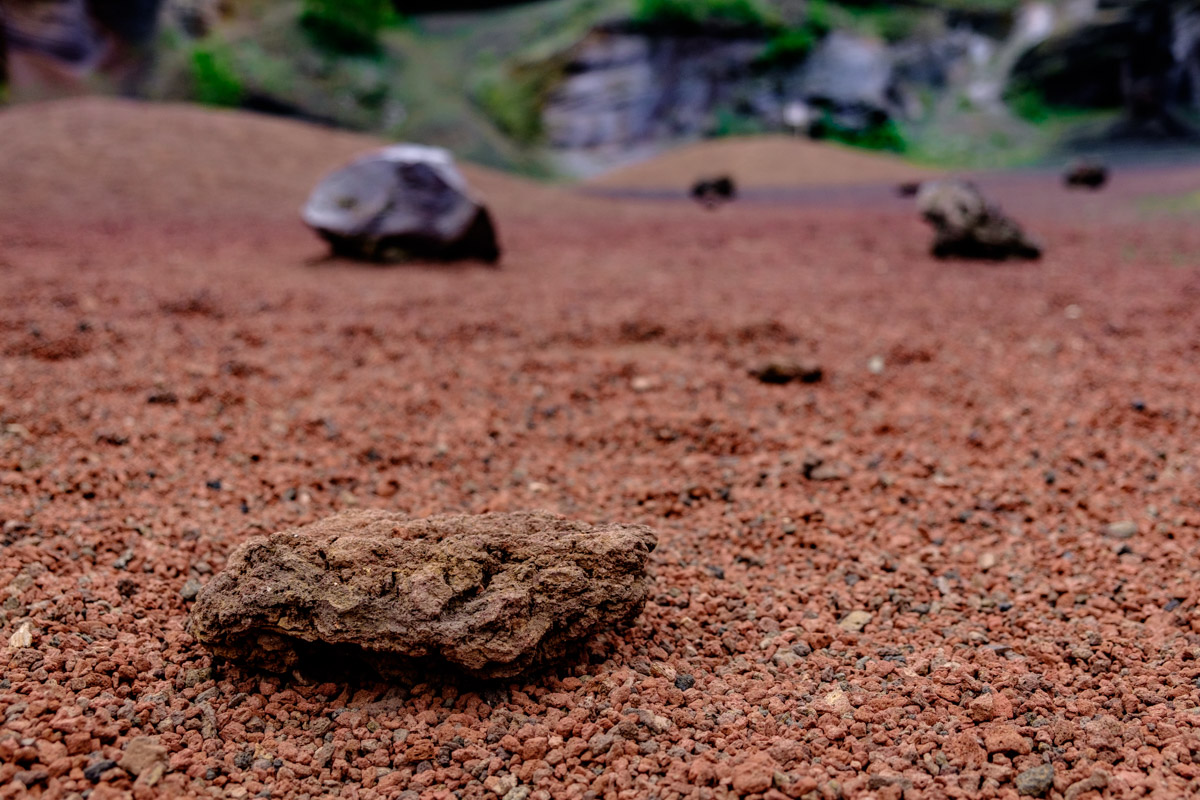
Naturally, it’s a big dilemma for local tourism boards whether it’s better to concentrate the visitors in one place and save the others from masses, or spread the visitors between 3-4 places.
Therefore, it’s not only visitors’ responsibility to respect the nature and places they visit, but the evolution of the situation depends on how mindfully the tourism authorities will approach the growing number of visitors.
Practical tips on visiting La Garrotxa Volcanic Natural Park
* We HIGHLY recommend a professional guide in the La Garrotxa. Let the expert explain to you what happened here half million years ago, and how it affected local agriculture and the lives of natives.
Without a guide it would be only a simple walk amongst massive dormant volcanoes where you might end up with more questions than answers. Get in touch with people from iberianwildlife.com for more details.
* Make the town of Olot or a nearby village as a base. We stayed in the gorgeous Mas Garganta in La Pinya, probably one of the best rural houses in Girona Pyrenees. The interior, environment and their staff is just wonderful, and it was a great wrap-up for our trip. Check the latest price on Booking.com or TripAdvisor.
* Stop by at the small info center in the park and check out the explanatory boards and grab a map of the park.
* If you want to see the volcanic beauties from above, hop on a hot air balloon. Voldecoloms is supposed to be a very reliable company.
Fageda d’en Jorda (beech forest)
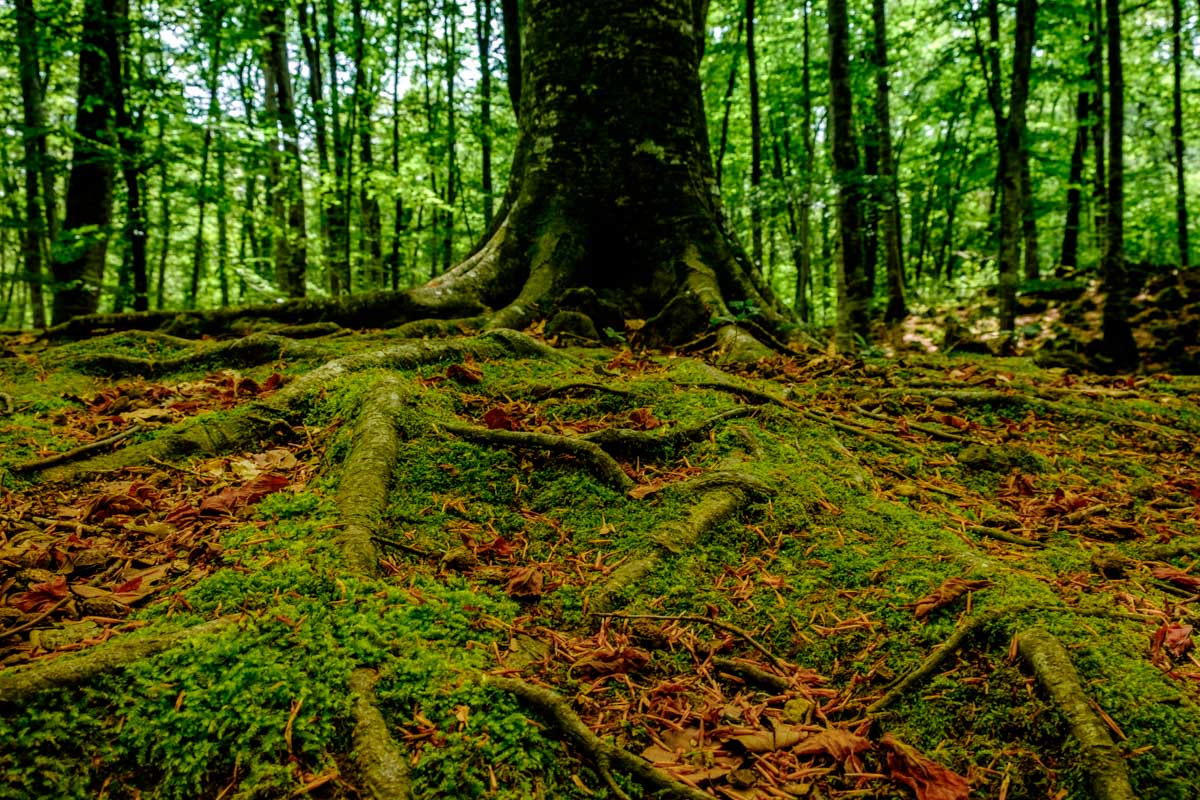
When visiting La Garrotxa Natural Park, don’t miss out on The Beech Forest (Fageda d’en Jorda). A beautiful forest grown out of lava from the surrounding volcanoes.
You’ll be walking via hiking trails covered with gnarled roots, igneous rocks, and being surrounded by straight trunks of beech trees shooting up. Fageda d’en Jorda is only an hour drive from Girona, which makes it a great attraction for a day trip from Girona.
Montgrí, Medes Islands and Baix Ter Natural Park
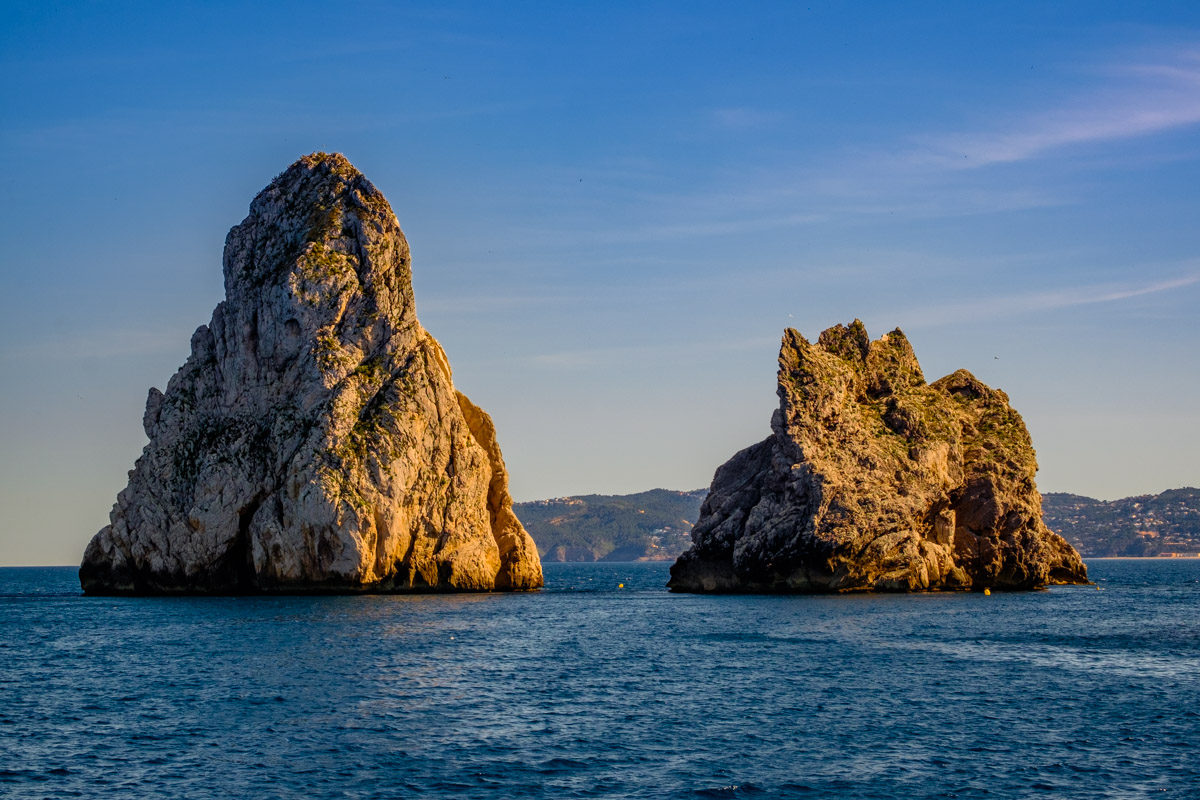
Alert for sea cruising lovers!
This natural park stretches on more than 20,240 acres, so if you want to explore both the marine and land parts, spend at least 3 days in the area of Torroella de Montgrí or L’Escala.
If you’d prefer just to relax and have a half-day break from biking, then a few hours cruise will do it. There are a few companies at the pier offering trips with different routes. We went with L’Aventura del Nautilus, and had a good experience with them.
The staff was friendly, and spoke a bit of English, although don’t expect any guide to explain the history of the islands or its fauna during the tour. The trip to the Medes Islands is more about chilling out on the top deck of the boat, soaking in the sun, and enjoying the limestone rocks peaking from calm sea.
If you travel with the kids, the highlight of the trip will be watching the underworld from the lower cabin of the boat.
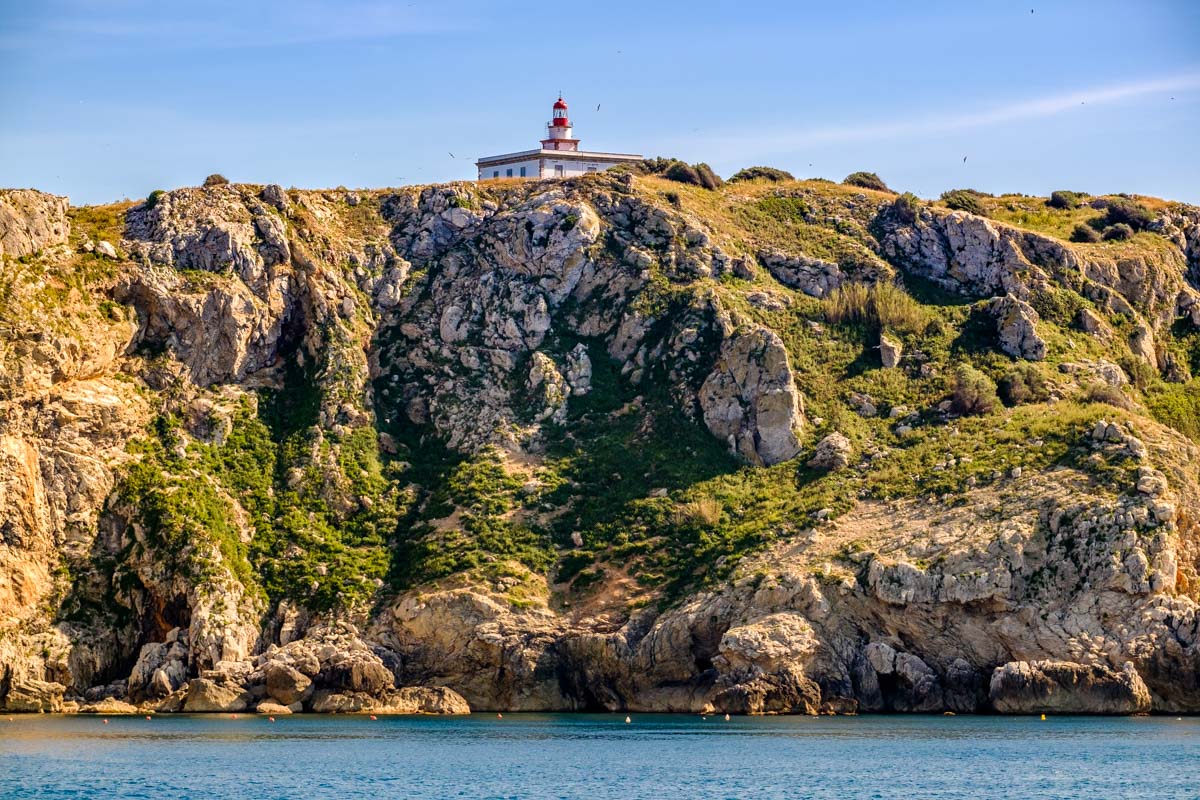
On the top of the Montgrí Massif that is a part of the Natural Park, there’s the Castle of Montgrí from the 13th century that you’ll be able to spot from different angles while biking in the area. The fortress is open to the public, and it takes about one hour to hike up from the town of Torroella de Monrtgrí.
Practical tips on visiting Montgrí, Medes Islands and Baix Ter Natural Park
* The boat trip (route #1) takes about 1.5 hours
* Contact info: www.nautilus.es tel: 972 75 14 89 [email protected]. You can purchase your ticket just by showing up at their stand at the pier.
* Wear steady hiking shoes when climbing up the Montgrí Castle.
* Bring enough water on the hike since there aren’t any refreshment stalls up on the hill or on the way there.
Like it? Pin it!
These were the four natural parks in Costa Brava where you can bike, hike, have a dip in the sea, and see how much you remember from biology while exploring the plants and watching birds and other wildlife here.
You can certainly just drive here and have a short walk, but biking in nature is definitely more fun and… more challenging, which means more rewards in the form of tapas and good beer on the top of the hills after hours of cycling, right?
Disclosure: this epic trip happened thanks to Costa Brava Pirineu de Girona tourism board. Our words, kilometres on bikes and sweaty t-shirts remain our own.

